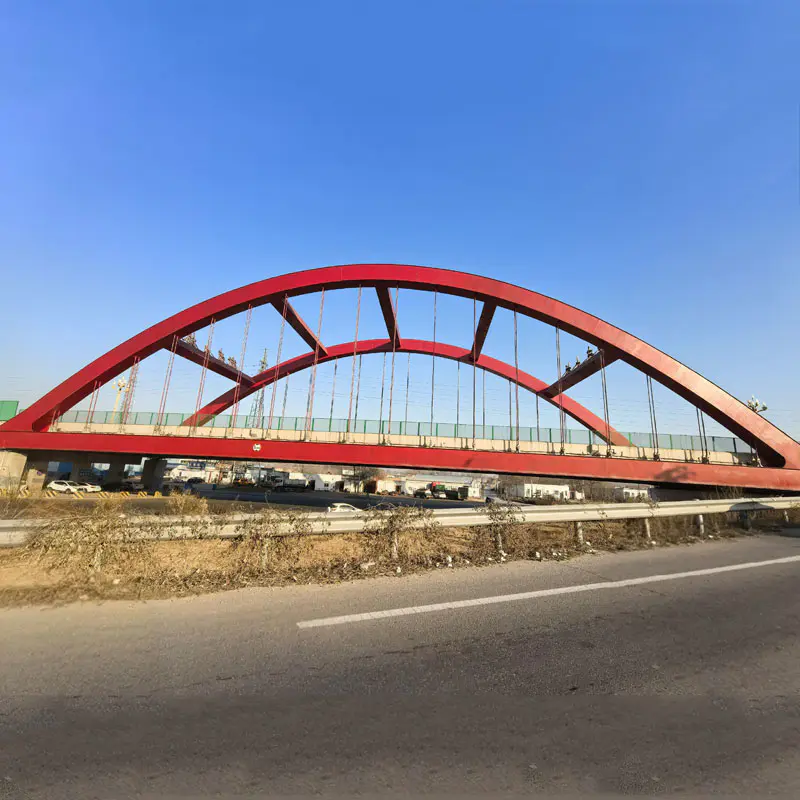What is the process of structural steel frame?
2025-03-31
The process of constructing a structural steel frame involves several stages, from planning and design to installation and inspection. Here’s a step-by-step overview of the process:
1. Design and Planning
- Structural Design: Engineers create detailed structural drawings and 3D models using software like AutoCAD or Tekla.
- Material Selection: Based on load-bearing requirements, environmental factors, and budget, appropriate steel grades are chosen.
- Compliance and Approvals: Ensure designs comply with local building codes and regulations.

2. Fabrication
- Cutting and Shaping: Structural steel members (beams, columns, girders) are cut and shaped using CNC machines, plasma cutters, or saws.
- Drilling and Punching: Holes are made for bolting or welding during assembly.
- Welding and Assembly: Some components are pre-assembled in fabrication shops to ensure accuracy.
- Surface Treatment: Steel components are treated with coatings, such as galvanizing or painting, to prevent corrosion.
3. Transportation
- Fabricated steel members are transported to the construction site using flatbed trucks or trailers. Special permits may be required for oversized loads.
4. Site Preparation
- Foundation Construction: Concrete foundations are poured and cured to support the steel frame.
- Anchor Bolts Installation: Precision alignment ensures columns will be securely connected to the foundation.
5. Erection and Assembly
- Column Installation: Steel columns are erected and temporarily braced.
- Beam and Girders Placement: Cranes lift and position steel beams, connecting them to the columns using bolts or welding.
- Bracing Installation: Diagonal bracing or shear walls are added for lateral stability.
- Alignment and Adjustment: Structural alignment is checked to ensure the frame is level and plumb.
6. Bolting and Welding
- Field Connections: Steel components are securely fastened using high-strength bolts or on-site welding.
- Inspections: Structural engineers inspect welds and bolted connections to ensure compliance with standards.
7. Final Adjustments and Coating
- Protective Coating: Additional anti-corrosion coatings or fireproofing materials are applied if necessary.
- Quality Control: Final inspections ensure the frame meets safety and quality standards.
8. Integration with Other Systems
- The steel frame serves as the skeleton for the building. Other systems, like flooring, walls, and roofing, are then installed.
Conclusion
The structural steel frame construction process is a well-coordinated effort involving multiple professionals, including engineers, fabricators, and construction crews. Its speed, strength, and versatility make it a preferred choice for commercial, industrial, and residential projects.


